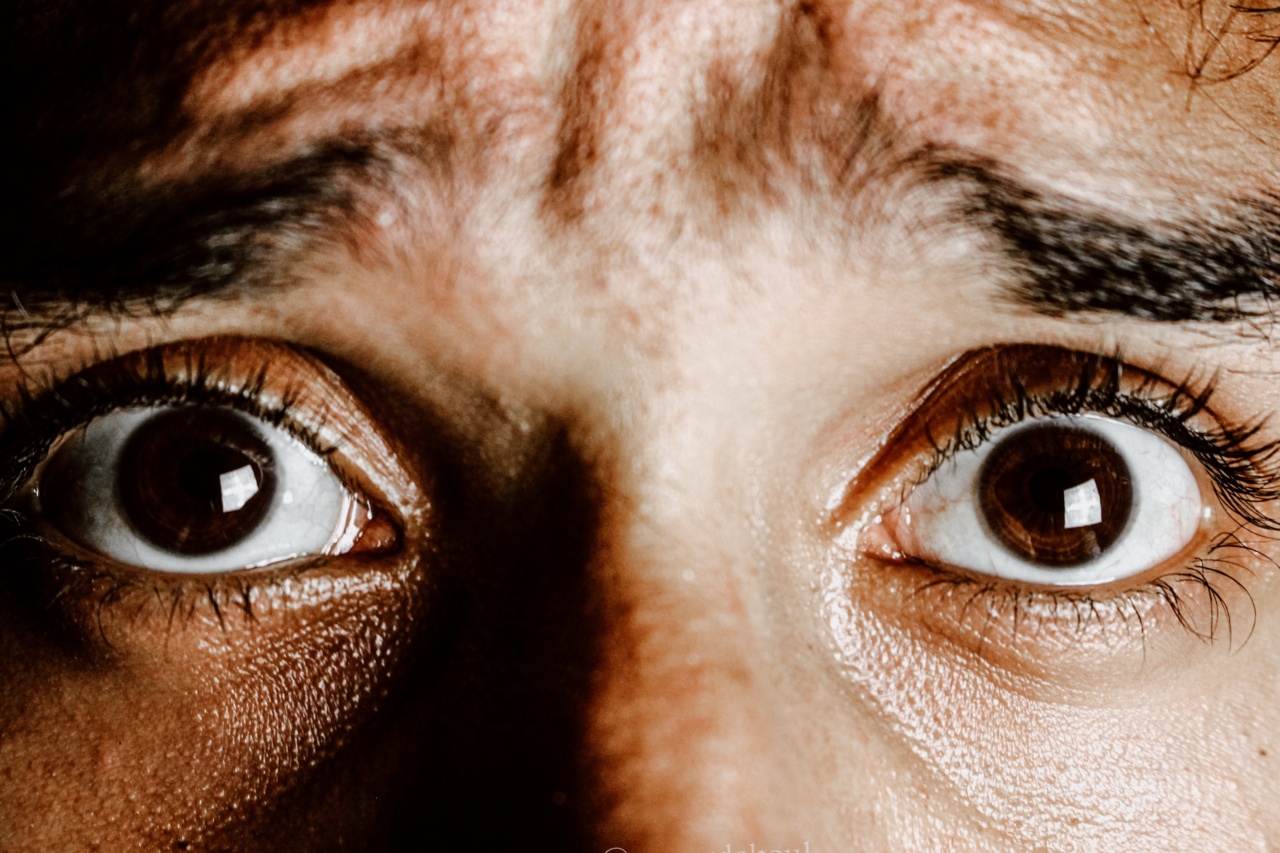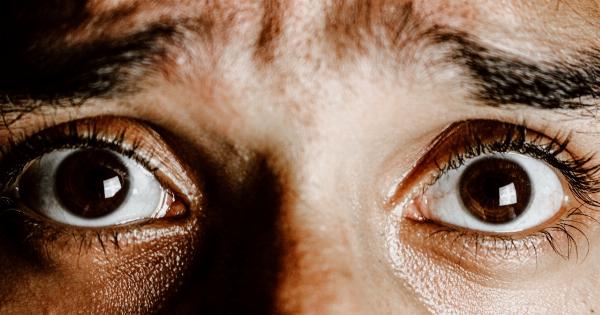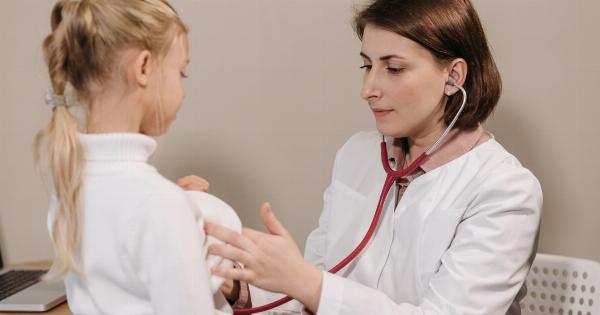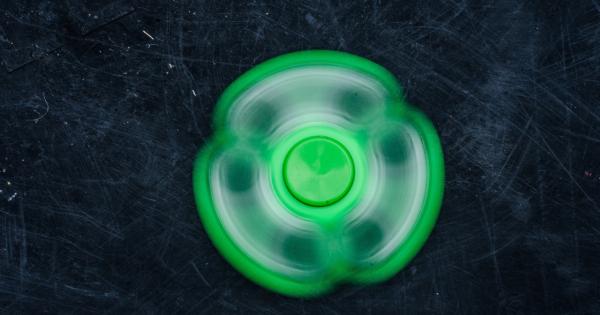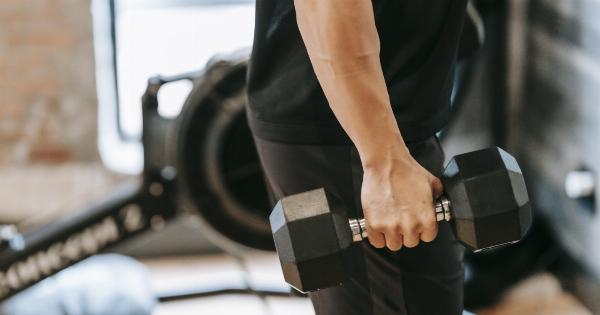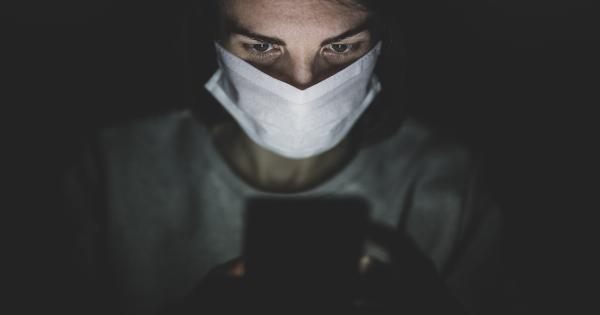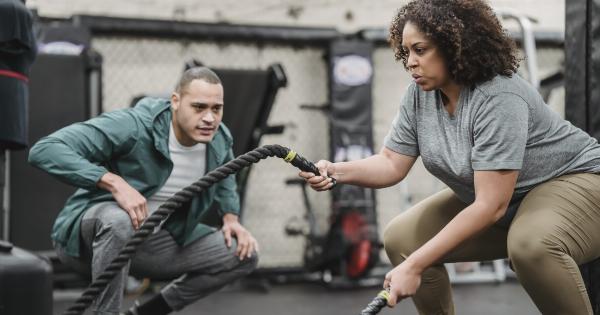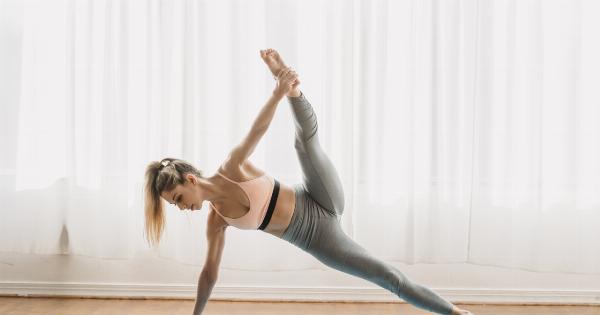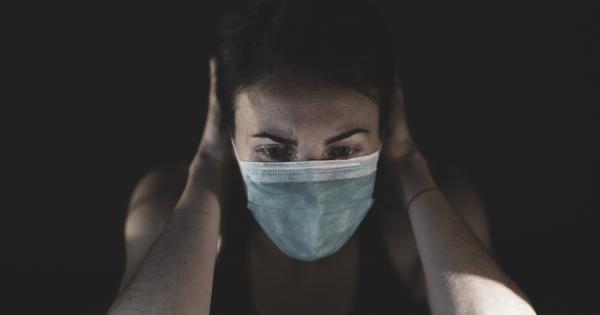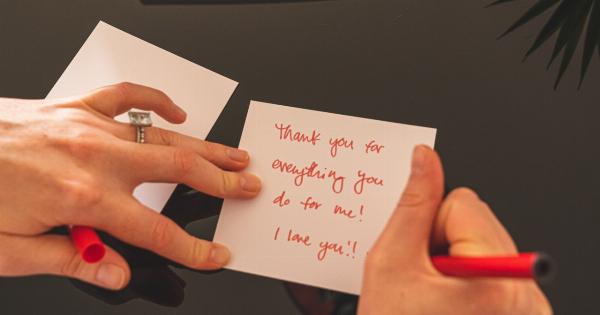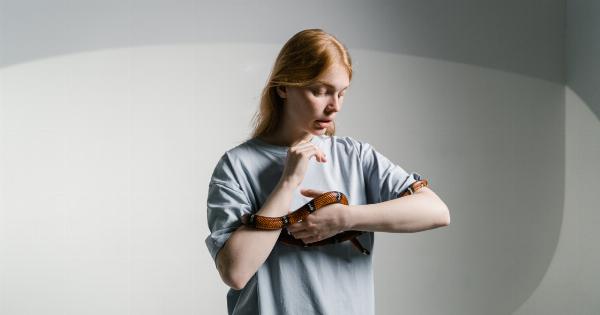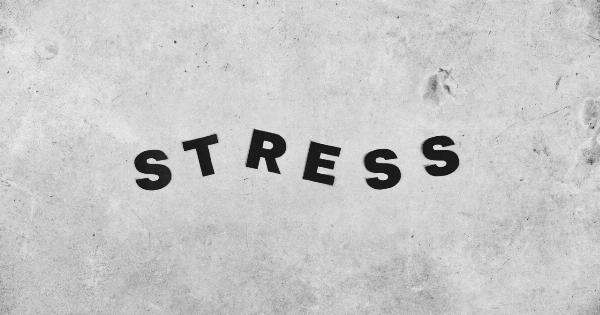Anxiety and panic attacks can cause a variety of symptoms, including rapid heartbeat, sweating, shortness of breath, and dizziness. While there are many triggers for these attacks, one often overlooked cause is improper breathing.
When a person breathes incorrectly, it can trigger a cascade of physical and psychological responses that can lead to anxiety and panic attacks. In this article, we will explore how improper breathing can trigger panic attacks and anxiety and discuss some strategies to improve your breathing and reduce these symptoms.
What is Improper Breathing?
Proper breathing involves using the diaphragm, a muscle located at the base of your lungs, to draw air in and out of your lungs. When you breathe in, your diaphragm contracts, and your chest and belly expand to allow air into your lungs.
When you breathe out, your diaphragm relaxes, and your chest and belly return to their original positions, pushing air out of your lungs.
When people breathe improperly, they tend to use their chest muscles instead of their diaphragm to draw air in and out of their lungs.
This is called shallow breathing, and it can cause a host of physiological and psychological changes that can trigger panic attacks and anxiety.
How Improper Breathing Triggers Panic Attacks
When a person takes shallow breaths, they take in less air than their body needs, leading to a decrease in oxygen levels in the blood.
This reduction in oxygen can cause a variety of symptoms, including lightheadedness, tingling in the hands and feet, and shortness of breath. When a person experiences these symptoms, they may become anxious and worried about their health, which can trigger a panic attack.
In addition to the physical symptoms of improper breathing, shallow breathing can also cause psychological changes that can lead to panic attacks.
For example, when a person is anxious, their body releases stress hormones such as adrenaline and cortisol. These hormones can cause the heart to beat faster, which can lead to feelings of anxiety and panic. Shallow breathing can cause the same physical response, leading to a vicious cycle of anxiety and shallow breathing.
How Improper Breathing Triggers Anxiety
Improper breathing can also lead to chronic anxiety. When a person breathes shallowly over an extended period, their body adapts to this breathing pattern, and it can become the new normal.
This can cause chronic hyperventilation syndrome, which is characterized by a constant feeling of breathlessness and anxiety.
In addition to chronic hyperventilation syndrome, improper breathing can also lead to a sense of discomfort and anxiety. When a person breathes shallowly, they may feel like they are not getting enough air, leading to a feeling of suffocation.
This feeling of suffocation can trigger anxiety and panic attacks, making it difficult for the person to breathe normally.
How to Improve Your Breathing
One of the best ways to improve your breathing is to practice breathing exercises. These exercises can help you learn to use your diaphragm effectively and breathe deeply. Here are some exercises you can try:.
Diaphragmatic Breathing
Lie on your back with your knees bent and your feet flat on the floor. Place one hand on your chest and the other on your belly. Breathe in through your nose, feeling your belly rise as you inhale.
Exhale through your mouth, feeling your belly fall as you exhale. Repeat for five to ten minutes.
Box Breathing
Sit comfortably with your back straight. Inhale through your nose for a count of four. Hold your breath for a count of four. Exhale through your mouth for a count of four. Hold your breath for a count of four. Repeat for five to ten cycles.
Pursed Lip Breathing
Sit comfortably with your back straight. Inhale through your nose for two seconds. Purse your lips as if you are going to whistle and exhale slowly for six seconds. Repeat for five to ten minutes.
Conclusion
Proper breathing is essential for optimal health and wellbeing. When we breathe shallowly, it can lead to physical and psychological changes that can trigger anxiety and panic attacks.
However, with regular practice of breathing exercises like diaphragmatic breathing, box breathing, and pursed lip breathing, we can train our bodies to breathe correctly and reduce these symptoms.
